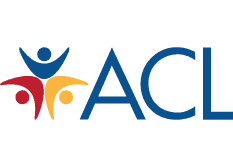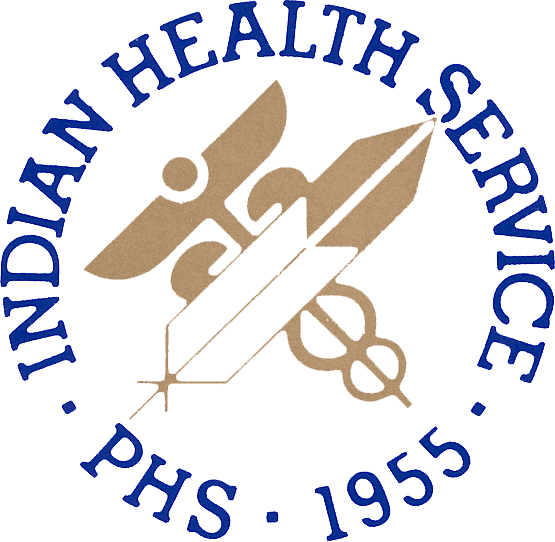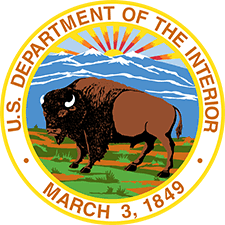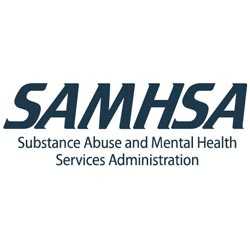HIV Prevention Activities
Reducing New HIV Infections
An estimated 37,600 HIV infections are diagnosed each year, according to the most recent CDC data. The Federal approach to reducing new HIV infections is based on the best available scientific evidence and modeling studies have informed decisions about the allocation of resources with regard to the strategies employed, geography, and the populations at greatest risk. In short, these data have indicated that the best ways to prevent new HIV infections are to ensure timely diagnosis and engagement in care and treatment for those who are living with HIV to increase the percentage of persons with HIV who have achieved viral suppression; target prevention resources to the places with the largest burden of disease and populations at greatest risk; and ensure that the most effective prevention strategies are prioritized and widely implemented.
Activities of the Federal government also include research to evaluate new prevention methods (such as vaccines, microbicides, and long-acting formulations of pre-exposure prophylaxis or PrEP and to improve the efficient and effective delivery of HIV prevention, care, and treatment. In addition, the Federal government supports a range of services that are essential for reducing risk behavior and making it possible for people living with HIV to be maintained in HIV medical care and treatment. These include substance abuse treatment and other behavioral health services, housing assistance, transportation, and other services shown to address risks associated with HIV transmission or interfere with the ability of people living with HIV to achieve viral suppression. Across the federal government, agencies are engaged in a wide variety of efforts to prevent HIV acquisition and transmission. Results show that new HIV infections have declined overall, in most subgroups, and in all states for which data are available. Exceptions are some subgroups of men who have sex with men.
HIV Does Not Impact All Americans Equally
While anyone can become infected with or, if they are living with HIV and have not achieved viral suppression, transmit HIV, the epidemic in the U.S. is concentrated in certain key populations and geographic areas:
- Gay, bisexual, and other men who have sex with men of all races and ethnicities (with a particularly high burden of HIV among African American/Black gay and bisexual men)
- African American/Black women and men
- Latino men and women
- People who inject drugs
- Youth aged 13 to 24 years (with a particularly high burden of HIV among young African American/Black gay and bisexual men)
- People in the Southern United States
The HIV Prevention Toolbox Has Grown
There are now more options than ever before to reduce the risk of acquiring or transmitting HIV and the newest methods are even more effective than those that were available earlier. These include personal actions that people can take to protect themselves like abstinence, having only one partner with the same HIV status, and choosing less risky behaviors, as well as risk reduction tools, services, and interventions that are delivered by health care providers, public health departments, community-based organizations and others. Currently available tools that have been shown to significantly reduce the risk of HIV transmission or acquisition include:
- HIV Testing (to detect undiagnosed infection)
- HIV Medications to Prevention Transmission
- Treatment as Prevention
- Prevention of Mother-to-Child Transmission
- Pre-Exposure Prophylaxis (PrEP)
- Post Exposure Prophylaxis (PEP)
- Interventions to Improve Access to Prevention Tools
- Syringe Services Programs
- Laws Allowing Sterile Syringe Purchase
- Condom Distribution Programs
- Drug Treatment (including Medication Assisted Therapy)
- STD diagnosis and treatment
- Medical Male Circumcision
Mass media campaigns, behavioral interventions, medication reminders, and other strategies have been shown to effectively encourage people to adopt and maintain risk reduction strategies including condom use, adherence to HIV treatment, and sterile injection practices. Education, training, and capacity building for health care providers are also important activities that can improve the ability of health care providers and systems and community-based organizations and their staff to provide high quality HIV prevention, care, and treatment services efficiency and effectively.
For example, final results from research funded by the National Institutes of Health that were released in 2016 provided the most compelling evidence to date that early HIV treatment reduces HIV transmission by 93% among heterosexual couples. Other studies have reported similar findings in populations that included gay and bisexual men. Most importantly, none of these studies has found a case where HIV was transmitted sexually by someone with a suppressed viral load. These research findings, coupled with the results of earlier studies showing that starting HIV treatment as early as possible is good for the health of people living with HIV and modeling studies that have been done to predict the impact that various interventions can have on HIV transmission, make “treatment as prevention” the top priority of the Federal response to HIV in the United States.
Given this priority, a wide range of Federally funded programs conducted by CDC, HRSA, SAMHSA, VA, Medicaid, Medicare, the Indian Health Service, the Bureau of Prisons, and others provide HIV testing, linkage to HIV care, retention in care, and adherence to care. Federally funded programs also support the provision of HIV care and treatment through HRSA’s Ryan White Care Act Program that provides services to about half of all living people who have been diagnosed with HIV. Other Federally funded efforts provide HIV medical care in health centers, support the training of health care providers and other allied health professional, and provide behavioral health, housing, transportation, employment, legal assistance, and other services that make it possible for people living with HIV to achieve the outcomes in HIV care that are necessary to prevent emergency room visits, hospitalizations, illness, disability, and death as well as the onward transmission of HIV. Read about Federal HIV Care and Treatment Activities.
NIH-funded research has also proven the important role that HIV medications can play when taken by someone who does not have the virus to prevent infection.Multiple studies have shown that taking PrEP, a daily antiretroviral pill, is more than 90% effective in preventing HIV acquisition if it is used as prescribed. It can also reduce infection by 70% or more among people who inject drugs. Multiple program across the Federal government provide education about PrEP to health care providers and community members and provide laboratory testing, medications, and other services that improve access to PrEP. A comprehensive framework to improve access to pre-exposure prophylaxis (HIV PrEP Framework) serves as a blueprint for Federal activities to scale up PrEP as a strategy to prevent HIV transmission and reduce new infections in the United States.
Research has also shown other methods that can effectively reduce HIV risk and in many cases are cost saving, including access to condoms and sterile syringes, substance abuse treatment, screening and treatment for other sexually transmitted infections, as well as choosing less risky sexual behaviors and limiting one’s number of sexual partners.
HIV Testing: A Key Prevention Strategy
Widespread HIV testing, timely diagnosis, and linkage to treatment and care remain critical to Federal HIV prevention efforts and to Federal efforts to improve the health of people living with HIV. HIV testing is the only way to identify the nearly one in seven Americans currently living with HIV in 2014 who did not know they had HIV. Not knowing that they had the virus placed these women and men at risk for serious health problems and premature death, and for unknowingly transmitting the virus to others. Today, new HIV testing technologies have enhanced our ability to diagnose HIV sooner after infection and have broadened the window of opportunity for effective interventions during the acute phase of infection—a time immediately after infection when HIV viral load is high and increases the risk of HIV transmission to others. Early diagnosis and linkage to treatment with antiretroviral therapy (ART) also substantially improves health outcomes for people living with HIV, making it possible for someone in their 20s who is diagnosed and begins HIV treatment soon after infection to live practically as long as a peer who does not have HIV. HIV treatment is also a powerful and highly effective prevention tool that significantly reduces the risk of onward HIV transmission. Read about Federal HIV Testing Activities
Scroll down to read about the HIV prevention activities of individual agencies and offices.









